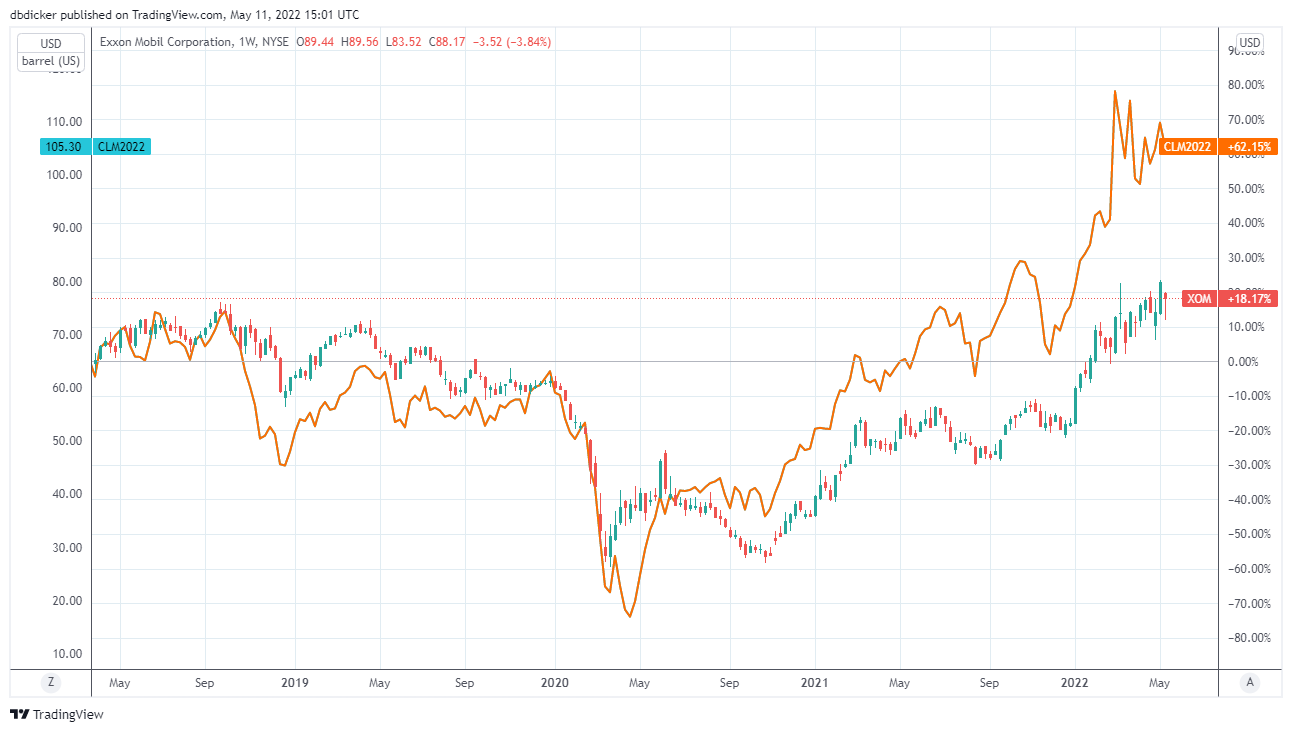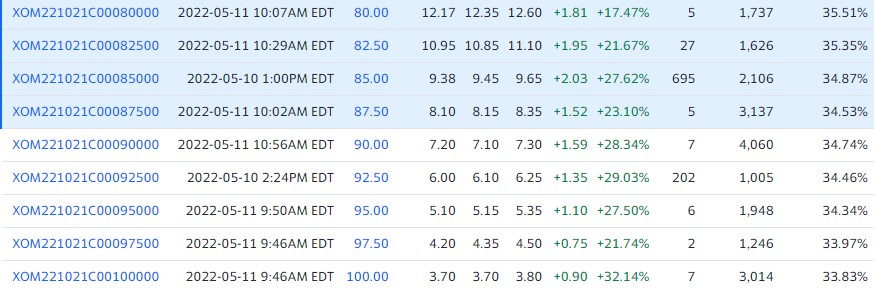The stock market is getting crazier every day. Big macro inputs are going into stock prices, particularly oil and gas stocks and they are multiplying, confusing investors and making charting a course here very difficult for the retail investor.
It’s overwhelming, sometimes even for the “experts”.
There are the enormous long-term macro changes in the oil and gas markets themselves: We’ve got an oil market that was starved of investment for six years, and that was PRIOR to the pandemic. Now that demand is spiking, supply isn’t able to respond. We’ve got traditional oil producers that won’t ramp up production in spite of high prices (US oil majors) and others that would love to, but simply can’t (small independents). The supply shortage is further complicated by a European market that is trying to tear itself away from Russian oil and gas supplies, ready to pay almost anything for LNG and refined products.
In the broader markets, we have a Federal Reserve that finally looks committed to raising rates and removing liquidity after nearly 15 years of steady monetary support. Inflation is the watchword in Washington, as high consumer prices come up against the mid-term elections. Every second financial article you read talks about the possibility of an oncoming recession. Technology and consumer durable stocks are getting killed, while oil and gas is holding up fairly well. This has brought on a retail rotation into oil and gas that is undisciplined, and driving up prices of unworthy stocks as well as those that deserve our capital.
How do we navigate this minefield?
First, you cannot separate the macro oil and gas inputs from the broader market ones – despite it’s strength and bullish signs, oil and gas will not go unscathed if the global economy does go into recession, even though they’re likely to provide a far, far better chance of continuing to generate alpha returns.
But a holistic approach to oil and gas stocks is not impossible – moreover, the current volatility can validate the kinds of strategies I’ve been recommending to my subscribers as the markets have gotten ever crazier.
We can use the volatility to our advantage, by taking the high premiums of some of our oil and gas stocks’ options in as a protection for the positions we are initiating and holding.
I’ve been trading oil and gas futures and their respective stocks for nearly 40 years. I’m not wedded to any strategy – I’ve traded outright longs and shorts, spreads, used options with buys and sales of stock and traded just the options themselves at times – nothing matters other than choosing a strategy that matches the markets and what the markets are giving you. To put it simply, sometimes stocks are overpriced, sometimes they are under-priced – and the same goes for the options that are underlying those stocks. In my view, the opportunity has lately been in the options as much as in the energy stocks themselves: premiums for many oil and gas stocks have been extremely rich, and are soaring ever higher as the general markets get wilder.
Let me give you a simple example, and one I’ve used as a core holding for myself and a core recommendation I’ve given at various times to my subscribers: Exxon-Mobil (XOM).
I’m not going to give you a specific trade here (I’ve got to reserve something for my paying subscribers), but let me outline the company and the action I’m seeing and my thinking for coming back again and again to Exxon.
No US oil major is as transparent as Exxon. While other US majors (and especially Euro-majors) continue to try to ‘reinvent’ themselves as ‘sustainable’ energy companies, Exxon stays the course. Their theory is that oil and gas will provide a large core of energy consumption for many, many decades to come, and they are committed to being there – as an oil and gas provider – for many decades to come. Energy folks may argue whether Exxon is right or wrong on this (I think they’re right), but it doesn’t matter – it makes for a very easily understood company that is rock solid in their game plan and execution over decades. I don’t wonder what Exxon will do next year – no one does.
Now, lets look at the stock chart of XOM for the last three years against Crude oil prices:

You’d be smart to say that Exxon acts as a pretty good proxy for oil prices, minus quite a bit of volatility. You could therefore use Exxon stock to bet on oil prices, and I often do – but the advantages of the stock over the futures contracts are obvious – no margin calls and a continuous dividend being two of the big ones. Now, here’s a snapshot of today’s option action on Exxon:

We’re looking at the November 2022 options with strikes nearest where the stock is trading, and seeing a volatility (the last column) of about 35%. That’s been pretty much where Exxon options have been recently, although historically, it’s not ‘normal’. You’d need some experience in options and also Exxon options trading to know that 35% is pretty huge for a blue chip Dow component like Exxon.
When I combine my bullish opinion on long-term oil prices with the transparency, high correlation and extreme option volatilities of Exxon Mobil, you can see why I often come back to it as a core trade candidate again and again, and lately recommend using options as part of the strategies I advise.
Another particularly advantageous component of combining options with stock investment is that the stress of the trade is lessened – we’ve ‘locked in’ our time period and targets using the strikes we select, and can worry less about exits both on the up and the downside. We will have these decisions of course as the options get close to expiration, but plan to keep our hands off the trade in the meantime. For retail investors who get easily spooked and tend to jump as markets get more and more wild, these can be very useful guardrails.
That’s all for today
